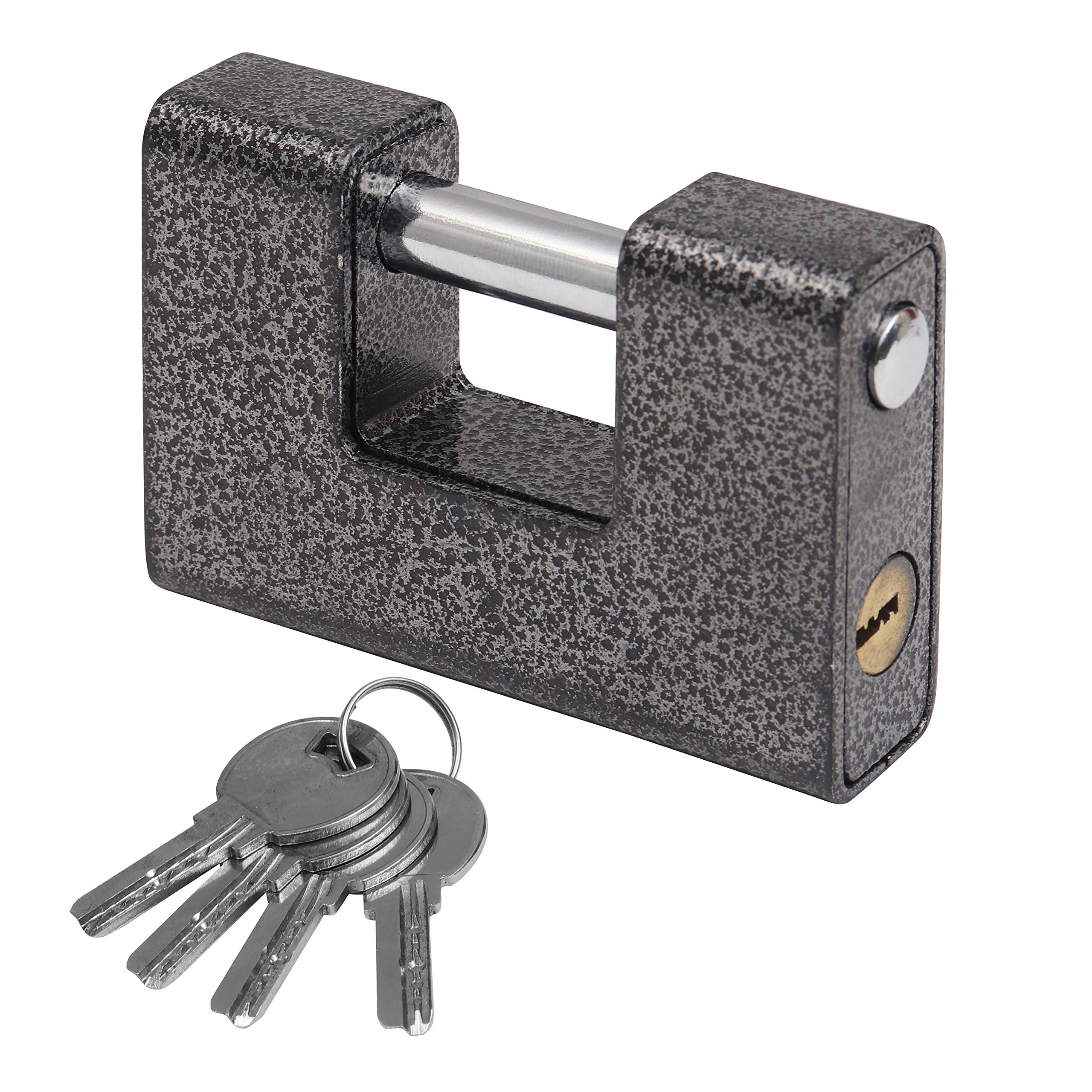In this article, I will discuss how to fix drive access denied issues on Windows 10/11.
Overview of the Access Denied Error
The Access Denied error in Windows 10/11 typically occurs when the operating system denies access to a specific file or folder. This can be due to various reasons such as permission issues, file encryption, or corrupted system files.
If you encounter the Access Denied error, the first step is to check the file or folder’s properties to ensure you have the necessary permissions to access it. You can also try taking ownership of the file or folder to override any permission restrictions.
Another common solution is to run a CHKDSK scan to check for and repair any disk errors that may be causing the access issue. Additionally, you can try disabling any encryption tools like BitLocker that may be blocking access to the drive.
Gain Permission to Unlock the Drive

- Right-click on the drive that is showing access denied.
- Select “Properties” from the drop-down menu.
- Go to the “Security” tab.
- Click on “Advanced” at the bottom of the window.
- Click on the “Change” link next to the Owner section.
- Enter your username in the box and click “Check Names” to verify.
- Click “OK” and then check the box that says “Replace owner on subcontainers and objects.”
- Click “Apply” and then OK to save the changes.
- Close all windows and restart your computer.
Employ CMD Commands for Access Restoration
To restore access to a drive in Windows 10/11, you can utilize Command Prompt commands. First, open Command Prompt as an administrator by searching for “cmd” in the Start menu, right-clicking on Command Prompt, and selecting “Run as administrator.”
Once Command Prompt is open, enter the following command:
“`
takeown /f drive_letter:\ /r /d y
“`
Replace “drive_letter” with the letter of the drive you are trying to access. This command will change ownership of the drive to your current user account.
Next, enter the following command:
“`
icacls drive_letter:\ /grant username:F /t
“`
Replace “drive_letter” with the letter of the drive and “username” with your actual username. This command grants full permissions to the drive.
After running these commands, try accessing the drive again through File Explorer. If you are still experiencing issues, you may need to run a CHKDSK scan to check for any disk errors.
Assign a New Drive Letter to Resolve Accessibility
1. Open Disk Management: Right-click on the Start button and select “Disk Management” from the menu.
2. Locate the Drive: Find the drive that is showing “Access Denied” or any other error message.
3. Assign a New Drive Letter: Right-click on the drive, select “Change Drive Letter and Paths,” then click on “Change.”
4. Select a New Drive Letter: Choose an available drive letter from the drop-down menu, then click “OK.”
5. Restart the Computer: After assigning the new drive letter, restart your computer to apply the changes.
By assigning a new drive letter, you can often resolve accessibility issues and regain access to your files and data on Windows 10/11.
Data Recovery from Inaccessible Drives
| Drive Name | Error Message | Possible Solutions |
|---|---|---|
| C: | Access Denied | Check permissions, run as administrator |
| D: | Drive Not Accessible | Run chkdsk, recover data with data recovery software |
| E: | Corrupted File System | Use disk management tool, format drive |
| F: | Drive is RAW | Use recovery software, format drive |
Reformatting the Disk as a Solution
To reformat the disk as a solution for the “Drive Access Denied” issue on Windows 10/11, follow these steps:
First, make sure to back up any important data on the drive before proceeding with the reformatting process.
Next, open File Explorer and locate the drive that is showing the “Access Denied” error.
Right-click on the drive and select “Format” from the context menu.
Choose the file system (NTFS is recommended for Windows) and allocation unit size for the drive.
Check the box for “Perform a quick format” to speed up the process, then click on “Start” to begin reformatting the disk.
Wait for the process to complete and then check if the “Drive Access Denied” error is resolved.
If the issue persists, consider running a disk check to identify any potential bad sectors on the drive.
Remember to reassign a drive letter to the reformatted disk if necessary to regain access to the data stored on it.
Utilize Data Repair Services for Complex Issues
When encountering drive access denied issues on Windows 10/11, consider utilizing data repair services for complex problems.
One option is to use the Command Prompt to repair disk errors:
– Press the Windows key + X and choose “Command Prompt (Admin).”
– Type “chkdsk /f X:” (replace X with the drive letter) and press Enter.
– Follow the on-screen instructions to complete the repair process.
Another solution is to try changing the ownership of the drive:
– Right-click on the drive that shows access denied and select “Properties.”
– Go to the “Security” tab and click on “Advanced.”
– Click on “Change” next to the owner’s name and follow the prompts to change ownership.
By utilizing these methods or seeking professional data repair services, you can address complex drive access denied issues effectively.
F.A.Q.
How do I fix access denied?
To fix access denied, you can try clearing your browser cookies and history, turning off VPN and VPN extensions, disabling your proxy, switching to a premium VPN service, and resetting your browser data.
How do I fix hard drive access denied?
To fix hard drive access denied, you can adjust the security settings by right-clicking on the hard drive, selecting Properties, navigating to the Security tab, clicking on Edit, selecting your username, checking all boxes under Allow, and then clicking OK and Apply.
How do I fix an inaccessible hard drive?
To fix an inaccessible hard drive, you can change the drive letter of the hard drive using Disk Management. Simply right-click on the target hard disk, choose “Change Drive Letter and Paths,” select “Add,” assign a new drive letter, and click “OK.”
How do I fix a file that is not accessible?
To fix a file that is not accessible, you can adjust the permissions by right-clicking on the file or folder, selecting Properties, and then navigating to the Security tab to edit the permissions.
